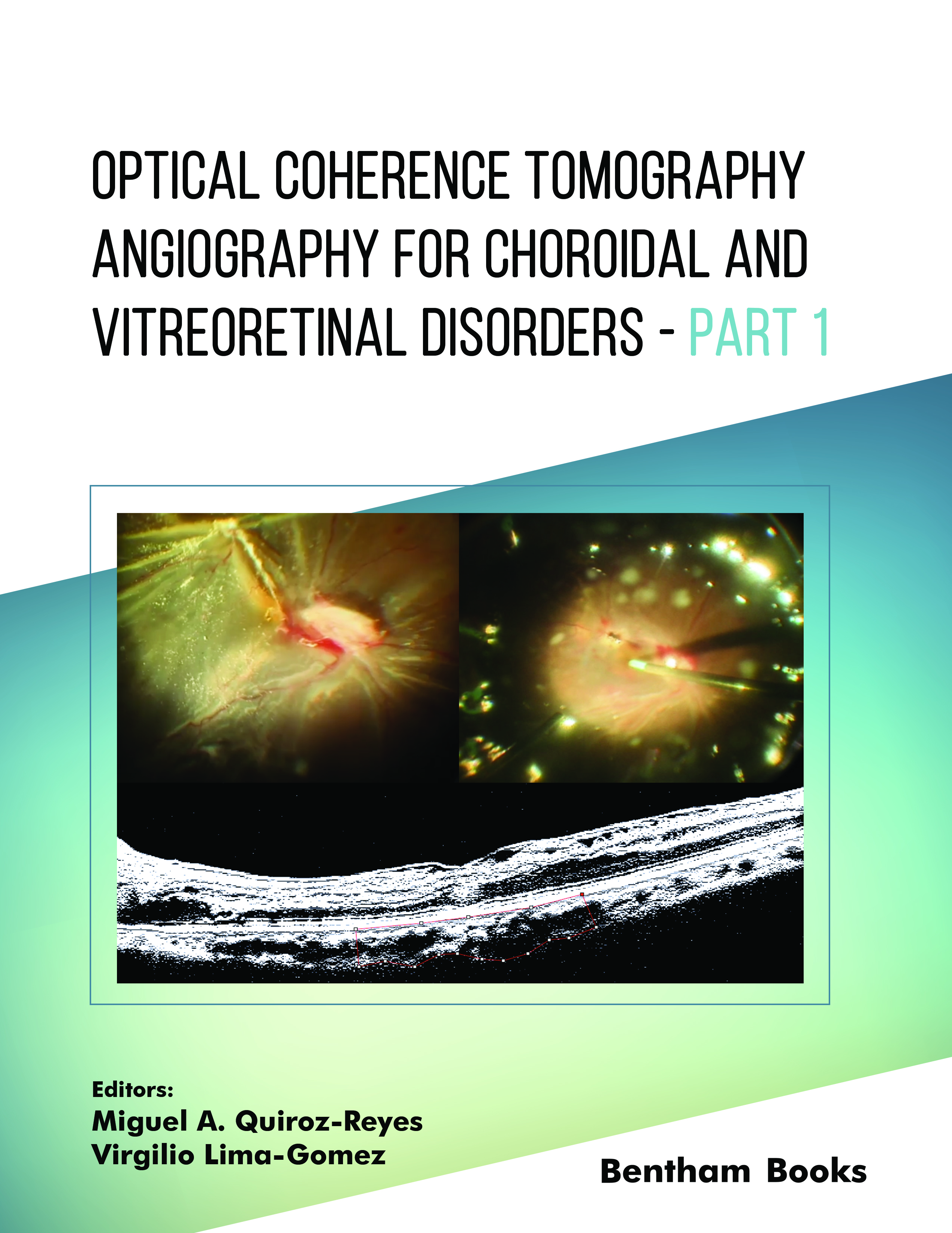Introduction
This handbook covers Optical Coherence Tomography Angiography (OCT-A) with a specific focus on choroidal and vitreoretinal disorders. It serves as an invaluable resource for teaching and aiding daily clinical decision-making in the field. Book chapters dissect the fundamentals of angiography through OCT, offering guidance on OCT-A and insights into macular perfusional findings across various vitreoretinal and choroidal pathologies. From diabetic retinopathy to autoimmune diseases and neovascularization, the book addresses prevalent vascular entities encountered in routine practice. Furthermore, it explores innovative approaches, including antivascular endothelial growth factor molecules and extended-release delivery devices, contributing significantly to the diagnostic and decision-making processes in clinical and surgical retina care. Each chapter is contributed by experts in the relevant subspecialty.
Key Features:
- - Practical, patient-centered guide emphasizing a clinical approach.
- - Demonstrative clinical cases for enhanced understanding.
- - Evaluation of perfusional indices using noninvasive and noncontact imaging techniques.
- - High histopathological correlation of structural tissue characterization with microvascular evaluation.
- - Exploration of new perfusion concepts and their role in disease pathogenesis.
Part 1 of the book focuses on OCT-A principles and applications in ophthalmology. It covers the basics of OCT-A, its contributions to eye disease study and treatment, and a comparative analysis with OCT for choroidal and vitreoretinal diseases. Additional information on nomenclature, normative datasets, and data analysis, presenting indices in different eye conditions is also presented. The emphasis is on macular perfusion in surgically resolved myopic foveoretinal detachment, postoperative evaluation in retinal detachment, and long-term analysis in diabetic retinopathy.

